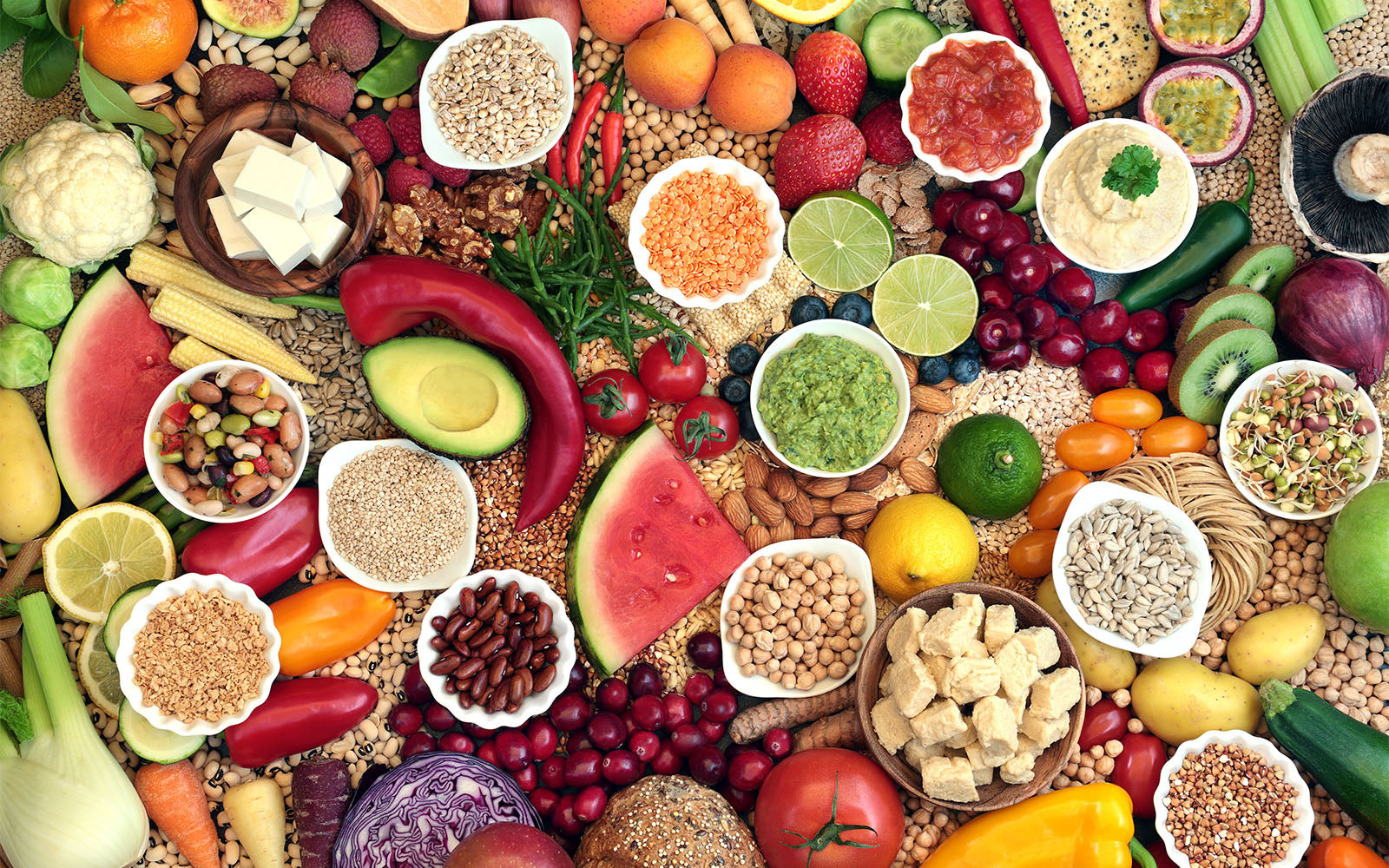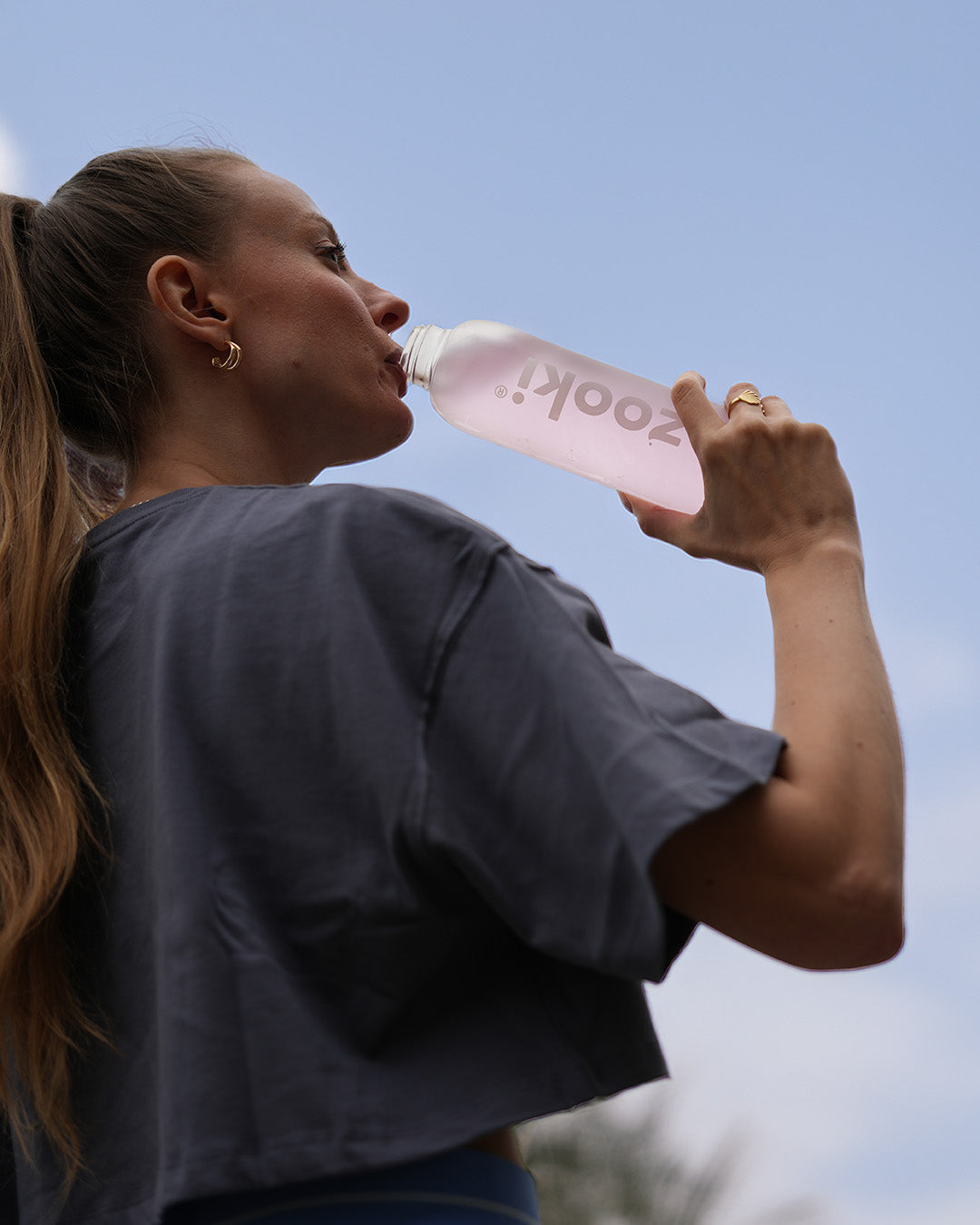Folate, also known as vitamin B9, is a water-soluble vitamin that plays important roles in many aspects of your health. Your body can't store folate for long periods, so it's important to get enough from your diet in order to avoid folate depletion and deficiency, which can have a serious effect on your health.
To prevent folate depletion, most adults need about 400mcg of folate, but the daily requirements increase for women who are pregnant or breastfeeding to 600mcg and 500mcg, respectively.
In an effort to prevent dangerous birth defects caused by folate depletion, many countries around the world have strict regulations in place that require food manufacturers to fortify certain products with folic acid. Today, 53 countries around the world have regulations in place for mandatory fortification of wheat flour in an effort to reduce the risk of birth defects.
Folate depletion & deficiency
Folate depletion is most often caused by a low dietary intake, although deficiency can also occur in a number of other situations, including:
-
Women who are pregnant or of childbearing age
-
Chronic and heavy alcohol consumption
-
Malabsorptive conditions, including inflammatory bowel disease (Crohn's disease and ulcerative colitis) and Coeliac disease
-
Elderly
-
Smoking
-
Medications
-
Genetics
-
Poor dietary intake
Folate depletion symptoms
Folate depletion can lead to a number of negative health outcomes, including megaloblastic anaemia, increased risk of heart disease and certain cancers, and birth defects in infants whose mothers were deficient in folate.
Folate deficiency anaemia, known as ‘megaloblastic anaemia,’ is the main clinical sign of low folate and vitamin B12. Megaloblastic anaemia occurs when there is not enough folate supply to the rapidly dividing cells of the bone marrow, resulting in reduced blood cell division and fewer but larger red blood cells. This causes symptoms like:
-
Weakness
-
Fatigue
-
Pale skin
-
Headaches
-
Irritability
-
Premature hair greying
-
Stunted growth
-
Shortness of breath
-
Heart palpitations
-
Difficulty concentrating
-
Weight loss
-
Nausea
Because normal red blood cells have a lifetime in the circulation of approximately four months, it can take months for folate deficient individuals to develop the symptoms of megaloblastic anaemia.
Sources of folate
Folate-rich foods
Folate can typically be found in fruits, vegetables and legumes like broccoli, spinach, asparagus, avocados, chickpeas and beans. It's also found in beef liver.
Folic acid, on the other hand, is present in fortified foods, meaning that it's been added into the final product to boost its nutrient content. Some of the main folic acid sources include foods like bread, rice, pasta and cereal. Although the exact amounts can vary quite a bit, most contain between 25-50% of the daily recommended value.
Folate supplements
If you’re unable to meet your folate needs through foods or have a condition that impairs absorption, it may be necessary to supplement with folic acid to avoid folate depletion.
If you do decide to use a supplement or consume fortified foods to help meet your needs, make sure you avoid having too much to avoid potential side effects of folic acid. Consuming high amounts can cause symptoms like cramps, epilepsy, mood changes and difficulty sleeping. It may also mask vitamin B12 deficiency.
If you are planning to have a baby, it's important that you take folic acid tablets for two to three months before you conceive. This allows it to build up in your body to a level that gives the most protection to your future baby against neural tube defects.
Summary
Folate is involved in a large number of your bodily processes, so it’s important to make sure we’re getting the correct amounts, through our diets or by supplementation.
Filling your plate with natural, whole food sources rich in folate, like vegetables and legumes, is the best option to help prevent folate depletion, as these foods are also high in other essential nutrients that are important for your health.






Share:
What are the benefits of riboflavin?
What are the health benefits of vitamin B1? The B vitamin for energy and metabolism